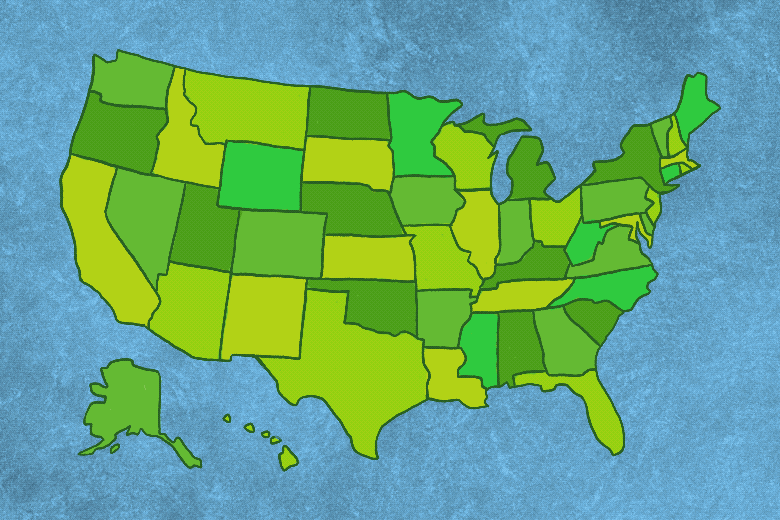Unraveling the Measles Threat: What to Expect This Year
Global health experts are sounding the alarm as measles cases surge worldwide, threatening to reverse decades of progress. In 2024, outbreaks across Europe, Asia, and the Americas have already surpassed last year’s totals, driven by declining vaccination rates and increased international travel. Public health officials warn this preventable disease could become a persistent crisis without urgent intervention.
The Resurgence of a Vaccine-Preventable Disease
Once considered nearly eradicated in many countries, measles has made a dramatic comeback. The World Health Organization (WHO) reported a 79% increase in global cases during the first quarter of 2024 compared to the same period last year. This highly contagious virus spreads through airborne transmission, with each infected person potentially transmitting it to 12-18 others in unvaccinated populations.
“We’re witnessing the perfect storm for measles resurgence,” explains Dr. Elena Rodriguez, infectious disease specialist at the Global Health Initiative. “Pandemic-related healthcare disruptions created immunization gaps, while vaccine hesitancy continues growing in multiple regions. The consequences are hitting hardest in communities with vaccination rates below the 95% threshold needed for herd immunity.”
Hotspots and High-Risk Populations
Current outbreak zones include:
- England, where cases tripled in early 2024
- Several U.S. states reporting clusters in undervaccinated communities
- India’s densely populated urban centers
- Refugee camps in conflict zones with limited healthcare access
Children under five remain most vulnerable to severe complications like pneumonia, encephalitis, or death. However, adults with incomplete vaccination histories are also at risk. “Many millennials and Gen Xers may have only received one dose as children,” notes pediatrician Dr. Marcus Chen. “Immunity can wane over time, leaving them susceptible.”
Root Causes Behind the Measles Comeback
Several interconnected factors fuel the current crisis:
- Vaccination gaps: UNICEF estimates 25 million children missed routine immunizations since 2020
- Misinformation: Anti-vaccine rhetoric spreads faster than the disease itself on social media
- Healthcare strain: Overburdened systems struggle with catch-up vaccination campaigns
- Climate migration: Displaced populations often lack access to preventive care
Economic disparities create stark contrasts. While some affluent communities deliberately avoid vaccines, low-income areas face structural barriers to healthcare access. “This isn’t just about individual choices,” emphasizes WHO spokesperson Dr. Amina Jalloh. “Systemic failures in healthcare delivery leave entire populations unprotected.”
Public Health Strategies for Containment
Health agencies recommend a multi-pronged approach:
- Accelerated catch-up vaccination programs targeting schools and high-risk communities
- Enhanced public education campaigns debunking vaccine myths
- Strengthened international surveillance and data sharing
- Mobile clinics for hard-to-reach populations
Some countries have implemented emergency measures. The UK now requires schools to report vaccination rates, while Australia links family tax benefits to childhood immunization status. However, such policies spark debate about personal freedom versus public health responsibility.
The Economic and Social Costs
Beyond human suffering, measles outbreaks carry significant financial burdens. The European Centre for Disease Prevention and Control estimates each case costs healthcare systems €1,500-€5,000 in direct medical expenses. Indirect costs from lost productivity and outbreak containment often triple that amount.
Schools and businesses face disruptions when exposures trigger quarantine protocols. A single infected traveler at a U.S. theme park recently necessitated contact tracing for 1,200 potential exposures, overwhelming local health departments.
Looking Ahead: Prevention and Preparedness
Experts warn the 2024 measles threat could worsen without coordinated action. Climate change-induced migration and increasing vaccine hesitancy may create sustained transmission cycles. However, proven solutions exist – the measles vaccine remains 97% effective with two doses.
“This is entirely preventable,” stresses Dr. Rodriguez. “Unlike emerging pathogens, we have the tools to stop measles. What we need now is political will, public trust, and equitable access.”
Health authorities urge individuals to:
- Verify vaccination records for all family members
- Consult healthcare providers about catch-up immunizations
- Share factual vaccine information within their networks
- Support policies expanding vaccine access
As the world faces multiple health challenges, allowing a vaccine-controlled disease to resurge represents a collective failure. The coming months will test whether global communities can bridge ideological divides to protect vulnerable populations from this ancient yet persistent threat.
See more WebMD Network



